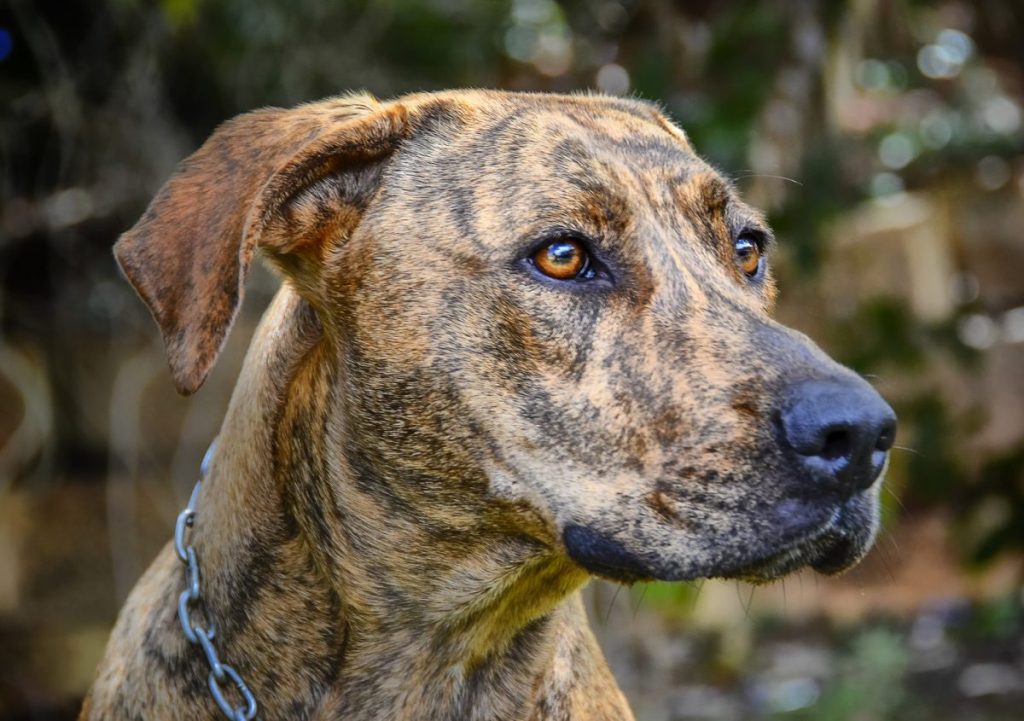The Plott Hound, a breed originating in the United States, is a skilled and dedicated hunting dog with a rich history. Developed by the Plott family in North Carolina, this coonhound breed is renowned for their exceptional tracking and treeing abilities, particularly in pursuit of large game such as boars and bears. With a strong and muscular build, the Plott Hound is…

Plott
Statistics
Dog Breed Group
Hound Dogs
Height
20 to 27 inches tall at the shoulder
Weight
40 to 75 pounds
Life Span
12 to 14 years
Trending
No content yet. Check back later!